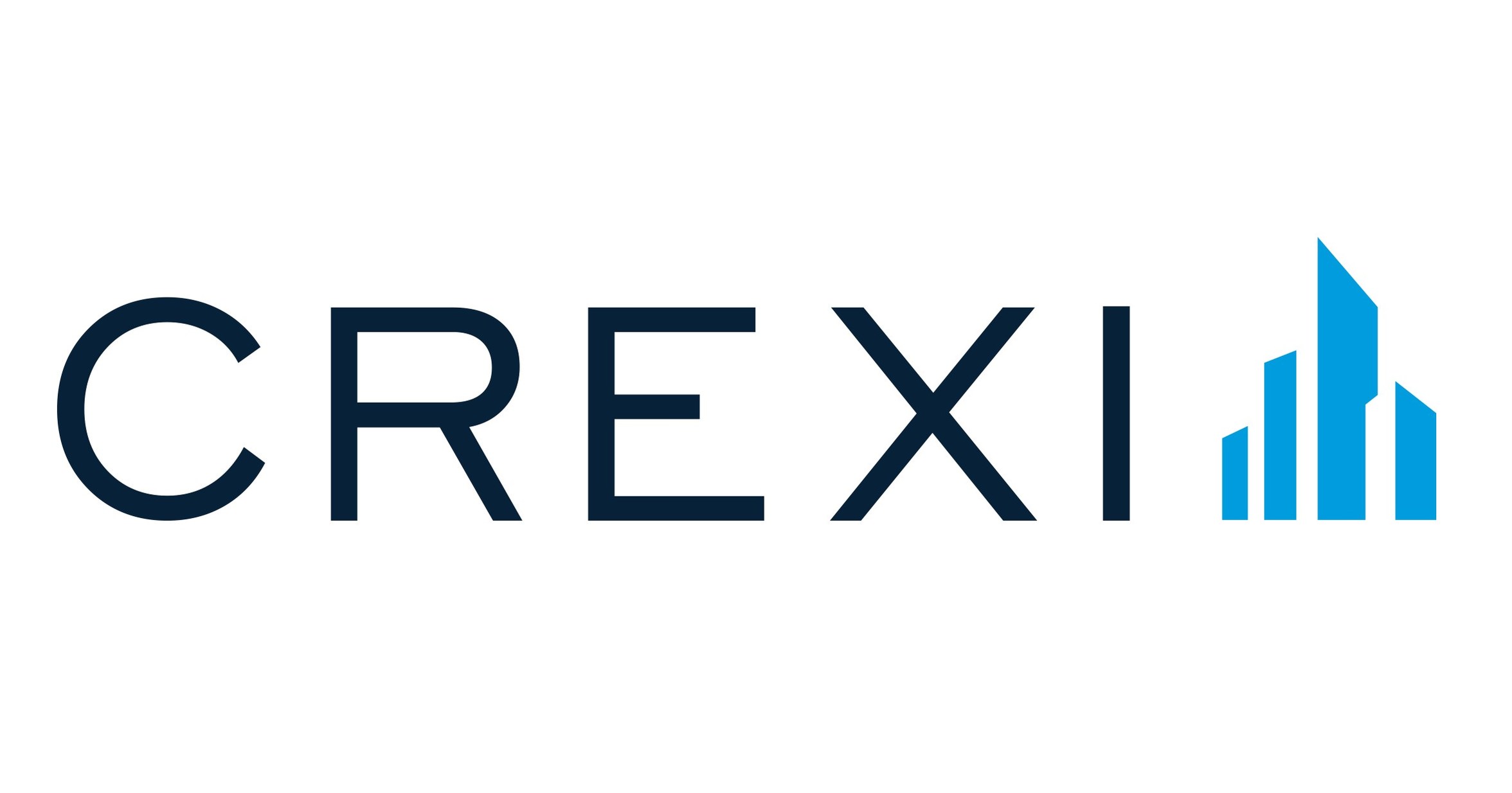Hospitality Market Update
The U.S. commercial real estate hospitality market, having successfully rebounded from the disruptions caused by the COVID-19 pandemic, including the suspension of travel and hotel reservations, has seen a robust recovery in its fundamentals. Although the industry was not without its challenges in 2023, including workforce shortages, increased wage rates, interest rate hikes, and reduced deal flow, there are positive indications of growth and potential investment opportunities in 2024.
Travel & Industry Updates
Tourism rates have surged alongside restrictions on short-term rentals and a tightening supply of hotel rooms, leading to increased rates in major urban centers within the top 25 U.S. markets. Despite being severely impacted during the pandemic, these major cities are poised for a significant resurgence. The swift rebound can be attributed to the substantial pent-up demand for both business and leisure travel. A complete travel recovery isn’t anticipated until 2025, as escalating costs have hindered plans.
Business Travel
According to Deloitte, corporate bookings remain lower than 2019 levels, and if companies decide to cut costs due to 2024’s economic outlook, travel demand might face hurdles. Business travel is also lagging compared to pre-pandemic, as the increase in remote work has reduced travel frequency, with fewer employees needing to attend trips. Spend volume for corporate travel appears likely to recover by late 2024 or early 2025.
On a positive note, hotels are seeing a recovery in group travel as conferences and tradeshows are experiencing strong attendance. Further, companies have started arranging smaller corporate meetings to enhance team dynamics, indicating the enduring desire across industries to reconnect in person despite economic headwinds.
Leisure Travel
Leisure travel experienced a downturn in Q2 and Q3 2023; pandemic savings diminished, and increasing costs affected travel budgets. Despite this, there is an ongoing trend in “Bleisure Travel,” where business travelers extend their trips to enjoy leisure activities. Employees are structuring their travel plans around work and leisure, contributing to the industry’s recovery.
How the CRE Market is Adjusting
Despite slower transaction activity, experts remain optimistic about the industry’s performance even in the face of a potential mild recession. This confidence is attributed to the sector’s ability to adapt and perform strongly.
One significant challenge in the market is aligning buyers, sellers, and lenders on pricing expectations. Prospective sellers, having purchased assets at high valuations, are faced with minimizing losses by selling at the best possible price or holding onto assets, hoping to recover asset values.
At the same time, buyers face elevated borrowing costs and seek lower pricing on acquisitions to achieve healthy returns. This dynamic has widened bid-ask spreads across various real estate asset classes, leading to retraded or terminated deals during due diligence.
Distressed scenarios are also emerging as borrowers under non-recourse loans default, adding further complexity to the market. In response, savvy investors are capitalizing on market opportunities. The most sought-after deals involve economy and limited-service hotels in markets such as Atlanta, California, Chicago, Charlotte, Florida, New York, Phoenix, and Texas.
A Look at the Fundamentals
Over the last 12 months, the average daily rate (ADR) and revenue per available room (RevPAR) are 7.5% and 10.3% higher than a year ago, a significant indicator that the hospitality sector is recovering. RevPAR growth is predicted to slow to 0 to 2% in 2024 due to decreased U.S. economic growth and leisure travel. However, business travel is expected to keep occupancy rates and ADR stable.
New supply is not expected to be a severe headwind to the sector’s fundamentals and has only grown sub-0.5% for a while now. There are 153,509 rooms under construction, but the rising cost of construction debt will likely impact construction counts. However, an estimated 94,500 hotel rooms are slated for delivery across the U.S. by the end of this year, a 37.6% increase from 2022.. To note, this number is lower than the 2016 to 2021 levels, and annual room deliveries still trail the long-term U.S. average by 2.4%.
Historically, there has been a strong correlation between GDP and RevPAR from 1990-2019. This 30-year trend is expected to diverge in 2023. Title of this graph – GDP vs. RevPAR.
On-Market Data
Produced in collaboration with CREXI
As higher interest rates keep deal underwriting difficult and the bid-ask spread continues to be elevated, transaction activity has been muted in 2023. The data below indicates that despite headwinds, the hospitality sector remained relatively stable and free from volatility during the COVID-19 pandemic.
In Q3 2023, the average price per square foot in the hospitality sector was $191.78, which is elevated compared to pre-pandemic pricing but lower than the highs experienced in 2021 and 2022.
The average asking price is also in line with pre-pandemic pricing, with an average asking price of $3.8 million in Q3 2023. This may indicate that pricing expectations are stabilizing; however, it’s important to note that while the pricing may align with 2019, the industry is seeing more trades in the mid-scale and economy class.
In Q3 2023, the average cap rate in the hospitality sector was 8.27%, almost 100 basis points higher than other commercial real estate assets. It is forecasted that cap rates will inch higher in the coming quarters.
As of Q3 2023, the average occupancy rate was 58.77%, about a 100 basis point decrease from last year, according to CREXI data.
The Bottom Line
In conclusion, the hospitality market has effectively recovered from the disruptions caused by the COVID-19 pandemic despite grappling with the challenges presented in 2023. The upswing in ADR contributed to a sustained increase in RevPAR, bolstering overall gross revenues. Looking ahead, the growth of RevPAR is anticipated to decelerate in 2024, coinciding with the slowdown in U.S. economic expansion and a moderation in post-pandemic leisure travel. Nevertheless, for CRE investors prospecting individual hospitality assets, a transaction’s success will be contingent on factors such as operating fundamentals, capitalization, and market alignment.











